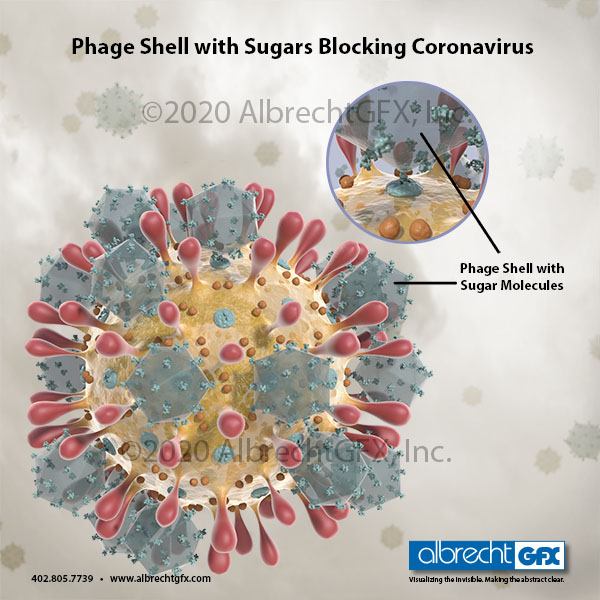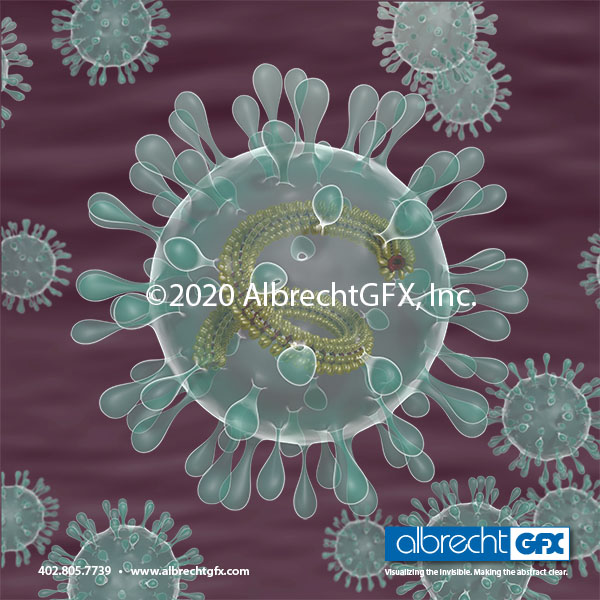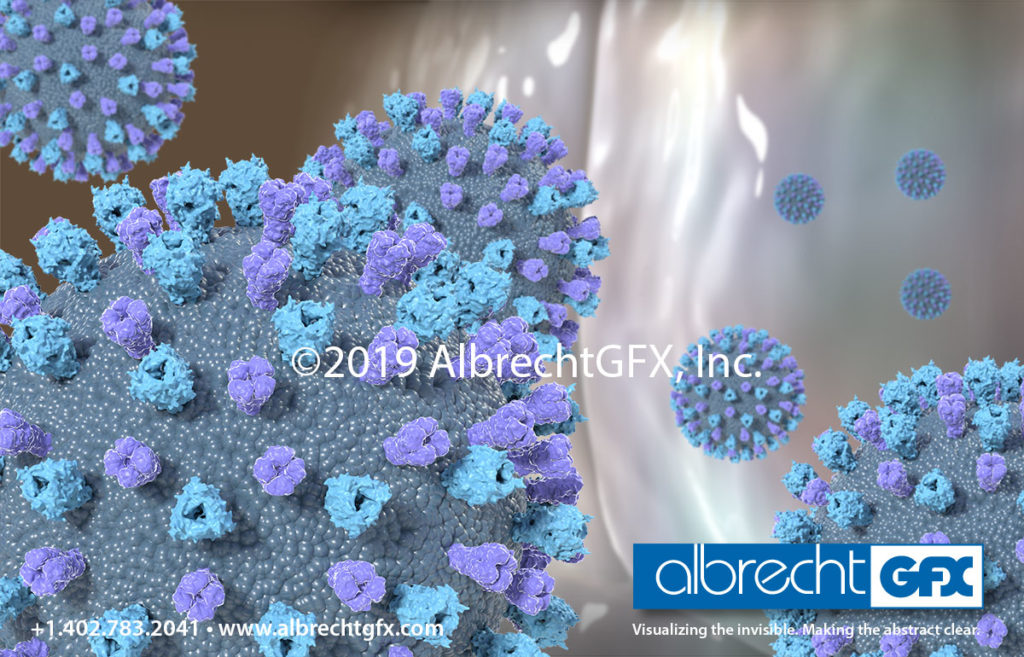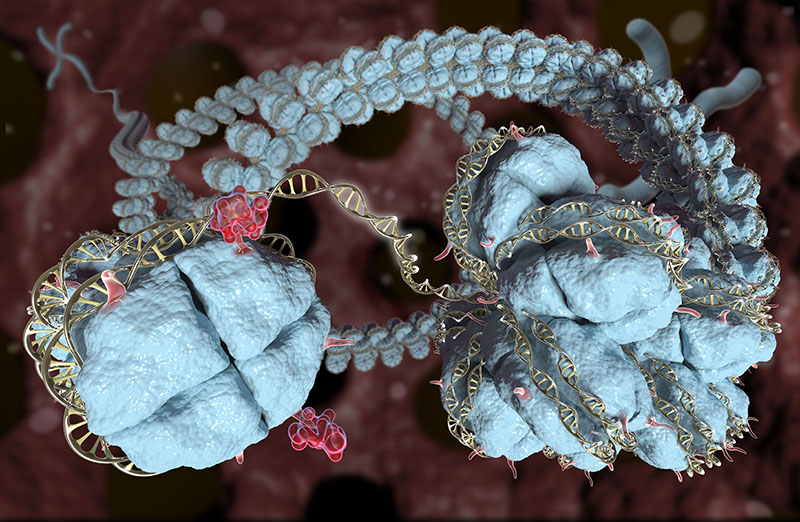
-MERS (Middle Eastern Respiratory Syndrome) virus
-SARS (Severe Acute Respiratory Syndrome) virus
-and, a SARS virus variant, SARS-CoV-2 that causes the disease called COVID-19.
Researchers worldwide are exploring multiple strategies to find a COVID-19 vaccine. One approach is to repurpose existing SARS of MERS Corona virus vaccines, as well as vaccines for other viruses. If proven effective for COVID-19, a repurposed vaccine offers the shortest route a useful treatment because it already has FDA approval. And there are novel approaches like the one below.

While collaborating in search of treatment options for avian flu and seasonal flu, researchers in Berlin, Germany at FMP and Humboldt University, developed a way to virtually stop the flu virus from infecting lung cells.
Researchers noted the strong multiple bonds between a lung cell and an influenza virus, and then keyed on that bond as a potential way to halt viruses from infecting lung cells.
Investigators created an empty phage1 shell and chemically attached the same sugar molecules2 found on the surface of lung cells to which flu cells attach.
The sugar molecules lure the influenza virus into attaching to the faux lung cell. The strong bond between the two prevents the flu virus from attaching to actual lung tissue.
Results of this study can be found in a recent article in Nature Nanotechnology: “Phage Capsid Nanoparticles with Defined Ligand Arrangement Block Influenza Virus Entry.”
The study has now broadened to include coronavirus.
1Q-beta phage (bacteriophage)
2 Sialic acid




